The current year did not turn out the way some of us probably expected. Hopefully, 2021 will be a better year, and what better way of embracing it than making a lifestyle change? Embracing the minimalist lifestyle might just give you the change you’re hoping for, and may allow you to spend more time and energy on things that truly matters.
It is considerably easy to become a minimalist. Since there are no rules set in stones for the process, your convictions and values are your only guiding principles. Embracing the minimalistic lifestyle starts with the mindset. More than cutting down, decluttering and organising the items you own, being a minimalist begins by making your intentions clear and allowing yourself to make mistakes on the way. The desire to be rid of the consumer culture is the starting point of being a minimalist. Furthermore, you will have to come up with a system that fits you, your values and your lifestyle. There will be a need of change, however there are no rules to follow. Instead, you will be guided through principles of mindset and lifestyle change. To become a minimalist, you will have to change and organise both the mental and physical aspects and materials of your life. Ultimately, you will end up with a minimalistic system that works for you.
The definition
Minimalism is a lifestyle of deliberately living consciously with the things that you need. Look at it as an excellent way to discourage excessive consumerism. Put simply, the act of creating an environment where you don’t have to create so much pressure on material things to stay happy and motivated.
As I’ve defined it in another article of mine “The Philosophy of Minimalism”; – Minimalism is a way of life, where the philosophy focuses on getting rid of things you do not actually need. This is to find greater value in life, beyond your possessions. Furthermore, the philosophy is not a set of rules, but rather guidelines to help you live a more simple life. The way of living simple in minimalism is to get rid of every unnecessary possessions, clutter, distractions and waste. And furthermore to aim for a more natural, frugal, dept-free, stress-free life. The philosophy of minimalism states that by getting rid of excess things and emotions, you can focus on what is more important. The importance of family, life missions and dreams flourishes, and stress and anxiety can simply vanish.
Contrary to what you have read or heard, minimalism has never been about owning, say, ten clothes. True, it is the act of doing more with less; however, just because you throw away unneeded items does not automatically make you a minimalist. Another way to put it is that there is a psychology behind being a minimalist. A firm conviction that stems from wanting to keep your life as simple as possible. Additionally, there are no specific rules of how many things you need to own in order to become a minimalist, it is the change of lifestyle and mindset that defines it.
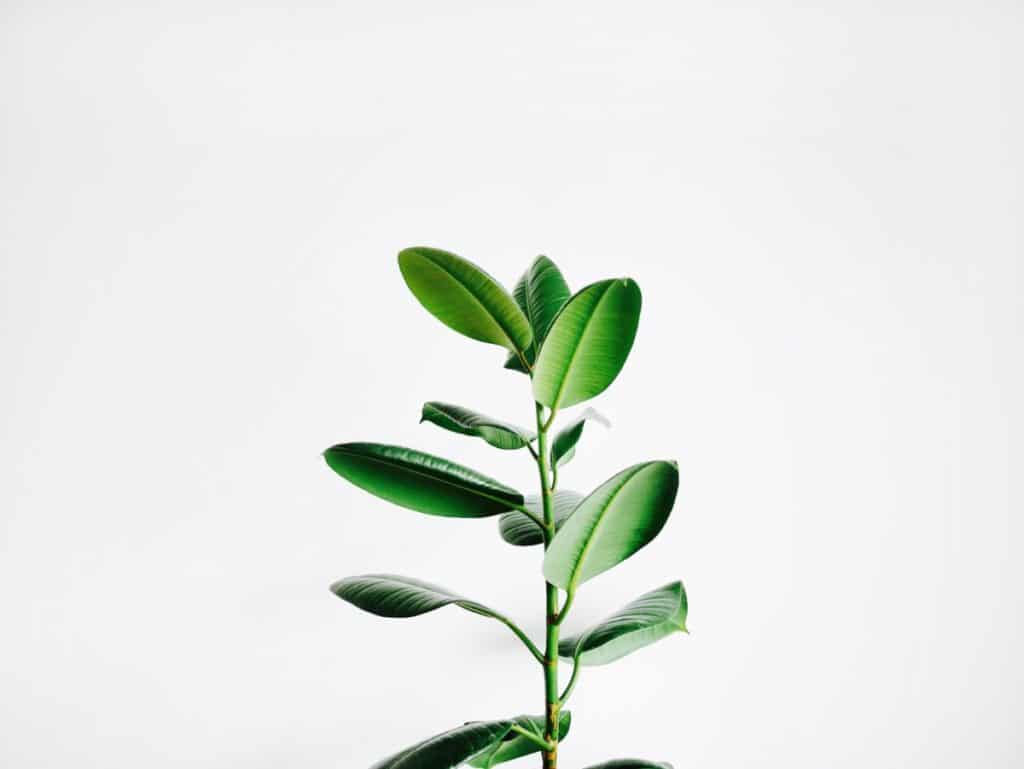
The Psychology of Being a Minimalist
Finding out the why behind your actions is the starting point of your journey to becoming a minimalist. When you think about it, people give multiple reasons for wanting to be a minimalist. It could be an attempt to spend more time with themselves every day or workaround improving their overall life quality. Regardless of the reason, it must be positively motivated to make you commit to the process.
Don’t start your minimalism journey by jumping into the decluttering process of your living space right away. First, you need to make your intentions clear about why you want to commit to a lifestyle change. Minimalism appears easy on the surface; however, it can be an overwhelming process if you’ve been on the opposite side of the scale your whole life, especially if you want to make the change as a family or group.
Minimalism has been shown to create a better life quality for many people both mentally and physically. You need to figure out your own reason as to why you want to become a minimalist. Here are some examples:
- Create a more eco-friendly and sustainable lifestyle for yourself
- Get out of debt
- Downsizing your home to create a simple living space
- Create a peaceful and stress-free lifestyle

Keep the company of other minimalists
Although passive, your sphere of influence and circle of support is crucial to growing and improving your life. These sets of people best understand your path since they are probably on the path themselves. Hence, they understand your drive and will ultimately help you work towards achieving your goals. Plus, you won’t always have to explain your convictions to them for acceptance.
A like-minded circle of friends pushes you towards realising your goals. A support system of people who support your vision is also handy as they will hold you accountable and ensure you stay on track. Hence, it is crucial to identify people who encourage and inspire you to make it easier to be a minimalist.
That said, stay away from negative people and naysayers. People in this category are not pleased with their lives and will not understand your conviction of living with less. Instead, look for people that will push you, compliment you, and encourage you with their confidence in you to live as a minimalist.
Plan for discomfort
Although the psychology of being a minimalist is essential, you can’t deny the strain of the physical process of decluttering your life and environment. Imagine if you’ve always had a full house and wake up to an empty room one day. If you are not careful, you will panic and freak out.
To avoid this, you should plan for a bit of discomfort. Maye not actively, but it will help if you have the mindset. This article will help you to get a picture of the process that lies ahead of you. Additionally, do this next step thoroughly, to help set the right mindset:
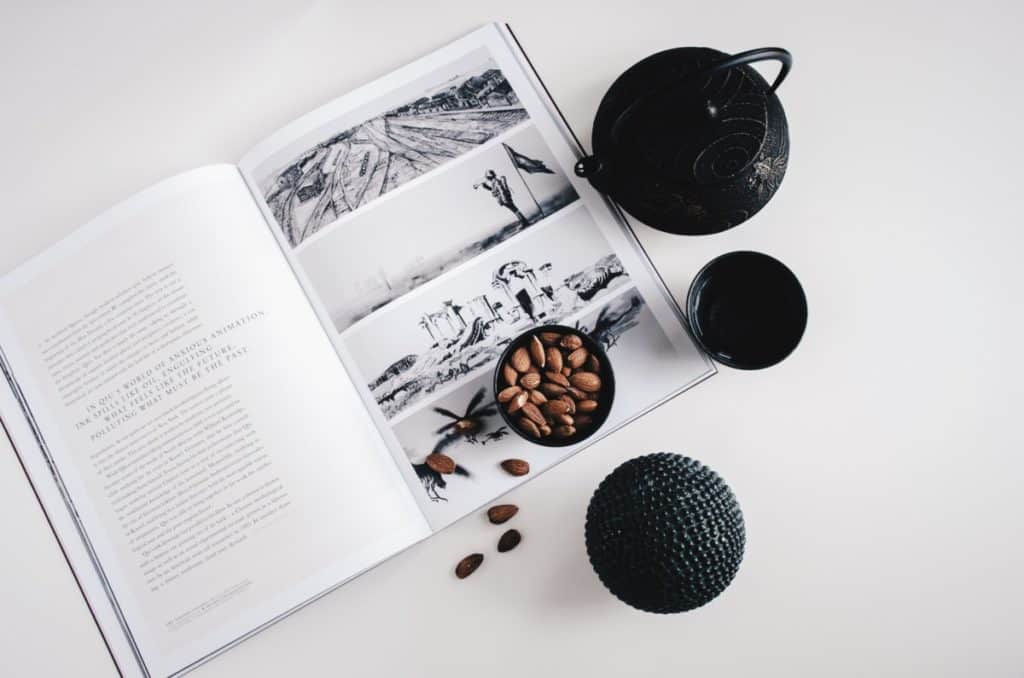
Do a trash audit
The next step is to go through what you have and ask yourself why you have them. Look at this step as a trash-analysis. One underlying factor that makes us accumulate items is that we add instead of replacing. Say, there are three clothes in the closet that are obviously old. What you should do is to replace the old ones and not just add to the old with new to make your wardrobe larger. Take, for example; you want to do a trash audit your clothes. It would help if you asked questions like:
- How many clothes are in my closet?
- Why did I buy these clothes to begin with? Do all of them make me happy?
- If I had seen one of these pieces of clothing in the store today, would I buy it again?
- Which ones haven’t I worn in a long time?
- Among the ones I haven’t worn in a while, which ones can I do without?
Questions like these help to understand the items in your life and your spending pattern. Hence, you not only discover the ones you can do without, you understand where you have been spending excessively and unnecessarily.
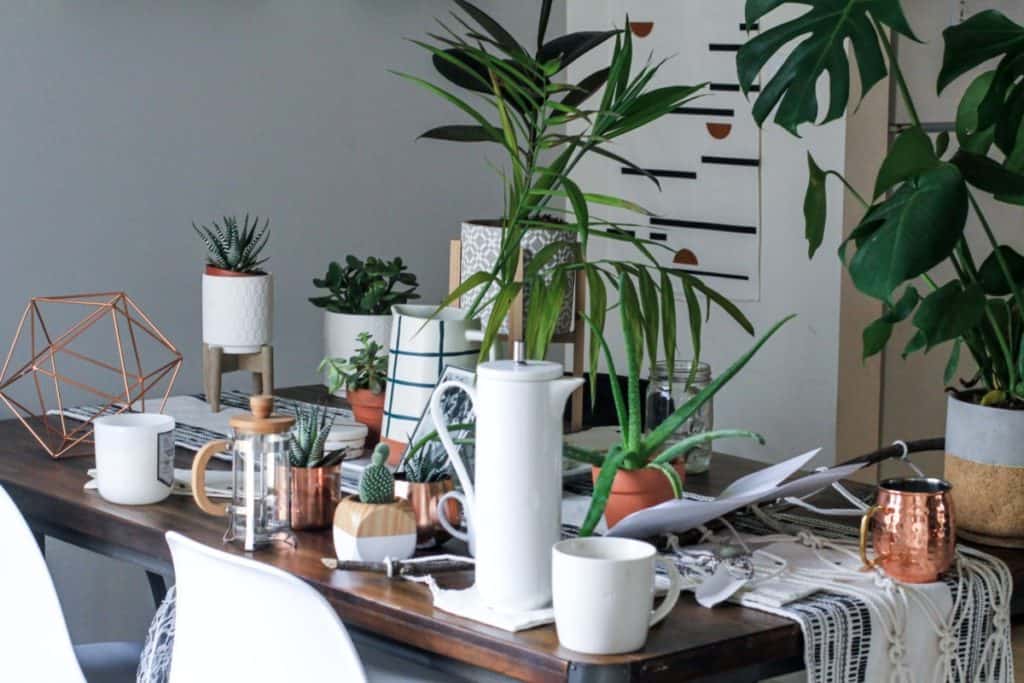
How to start the more physical and practical steps of Minimalism
There are several ways to start the decluttering part of minimalism. Here are a few examples to get you started.
A 5 step beginner decluttering-guide to Minimalism
- Start by listing down all the rooms, or items you want to declutter. For instance you can divide them into bathroom, kitchen etc. You can also list items such as draws, closet etc. This will make it easier to sort out the items or rooms you want to tackle first.
- List the individual items or rooms down on different days of the weeks. If you have too much going on in your daily life, you can choose to only have one decluttering day once a week. Anything that suits you the best.
- Start to go through every item or room on the list. By taking all the items out of draws and cabinets it might be easier for you to get an overview.
- Divide the things into three piles:
- Keep, donate/toss and lastly a maybe-pile.
- To make it easier for you to decide, old every single item in your hands and ask yourself these three questions:
- Does this item truly make me happy or fulfilled?
- Do I use this item every week or at least every month, meaning it is useful to me?
- If I had seen this item in the store today, would I buy it again?
- Place the “keep” items where they belong. Donate or get rid of the things you want to let go. The maybe pile is a pile you probably could not decide about. I will encourage you to put the items in the maybe-pile away in a box and store it in a cabin. Then, in the course of 3 months, if you feel the urge to go back and grab an item, you can decide to keep it. When 3 months has passed, take some time to go through the maybe-pile again, and decide whether you really need them or not.
A Minimalism Challenge
A couple of days ago I made an article about the 30-day Minimalism Challenge here. This type of challenge might be a little harsh and time-consuming for most of us today, as our daily life consists of less time, and more stress. However, another challenge that might be a lot easier is a challenge that The Minimalists have promoted themselves.
This challenge is also a 30-day challenge, however, instead of decluttering your entire home, you’ll declutter gradually 1 more item at a time as you progress throughout the month. The 1st day you will find 1 item in your home that you will get rid of. Remember, you can either give it away, donate or sell it, or recycle/trash it. The 2nd day, you will find 2 more items. Following the 3rd day, you’ll find 3 more items to declutter, and so on. On day 30, you will declutter 30 new items. By the end of the month you will then eventually end up decluttering a total of 465 items throughout the whole challenge! This is a super fun and exciting experiment to try for yourself, however, do not glimpse of the easiness of the first couple of days. Once you’re at the 10th and above days, you might be snuggling to find enough items, depending on your current materialistic situation.

Embrace downsizing
The ultimate reason for a trash-analysis is so that you can downsize the items in your life considerably. Call it decluttering if you will. You can start with a room in your house and declutter the space before moving on to the next one as the 30-day Minimalism Challenge describes. You shouldn’t make the process overwhelming and risk giving up before starting, therefore take more time than just 30 days. When you do a huge lifestyle change like this, you need to do it in your own pace.
Downsizing helps you to address the issue of piling up too much unwanted stuff. However, beyond this, you should get rid of all the extra stuff in a friendly way. You don’t always have to throw them in the trash if you can exchange them for money on Facebook Marketplace or give them out as an art of charity.
Create small and simple-to-follow routines
As it is with cutting down on items, you should ease up on your routines to make them simpler. This process allows you to make time for yourself and the essential things in life that truly matters. This can be your exercise routine, morning routine or daily tasks. A simple example would be; If you use ten different skin products in your morning routine, you can adopt multi-purpose skin products and cut down on the amount of skin products you actually need. Surely you don’t need all of them to make your skin glow. A decision like this will save both cost and time.
You can also cut down on the consumption of some items and look for easier-to-use alternatives. For example, instead of buying loads and loads of women sanitary pads, you can opt for reusable cotton sanitary pads, or a menstrual-cup. This will make your daily women-superpower routine easier, and save both money and the environment.
Furthermore, routines that will further add value to your life besides the minimalism it self, is self-care. Activities such as meditation, yoga, and intuitive movement will undoubtedly add greater value to your already improved minimalist lifestyle.
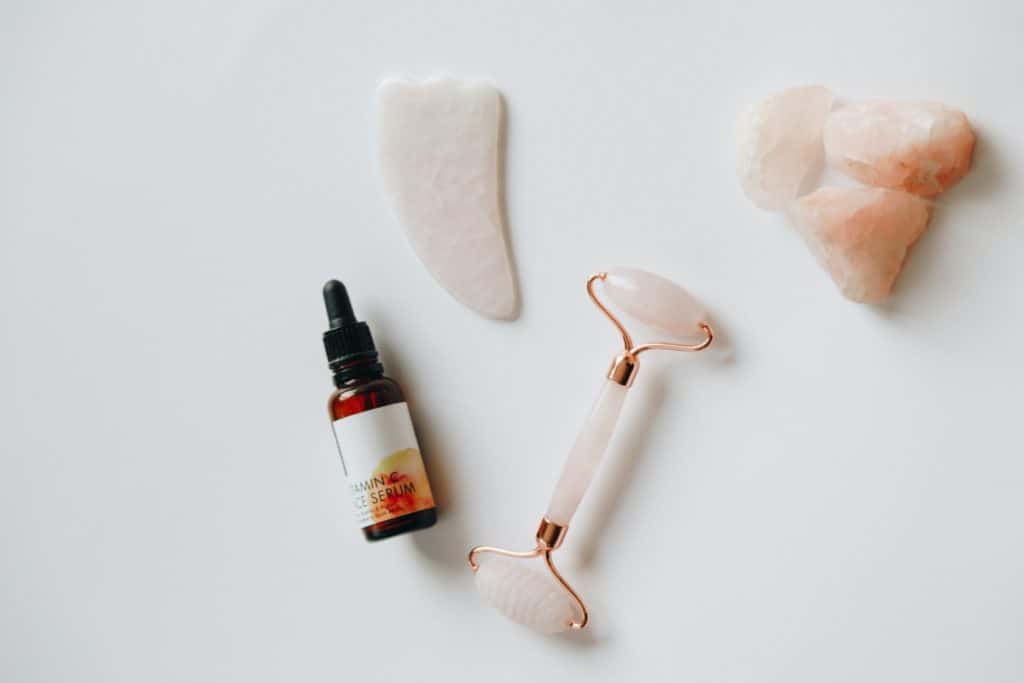
Adopt the child of Minimalism: Essentialism
As I’ve written in my article “How to be free of stress with Essentialism”, a part of being a minimalist is also to figure out what’s essential in our life. Essentialism is a child-category of Minimalism. Being an essentialist means finding out what’s essential to do in your life, and gracefully eliminate the ones that are not.
To adopt this mindset, you need to understand the importance of “less is more”. By continuously identifying meaningful and essential things, you will execute them efficiently without tiring yourself out. It is more about focusing on the crucial tasks and blocking interference from noises outside. This way, you can take control of your day, evaluate opportunities, and accept only those that promise the most in return.
In practise, this means that you have to make a list of what things in life you want to prioritise first. This can be spending time with family, self-care, different specific business tasks, etc. Once you’ve written all the tasks down, categorise them by importance of 0-100%. All around 80-100% you can start focus on; These are your 3-5 essential tasks in life. Anything else, you will simply eliminate until you have the actual time to execute them. This will help you reduce the stress in your life, level up your productivity, and help guide you to find your true purpose and joy in life.
The do-not-judge rule
Lastly, one of the traps of being a minimalist is that you are tempted to judge people, especially those who are not a minimalist like yourself. Because your life has changed and improved doesn’t mean that everyone will be as excited as you are, or have the same positive outcomes. Remember, minimalism is a lifestyle built on conviction and psychology. Hence, the change will be different to everyone. Therefore, It will be insensitive to be judgmental of others, that has another opinion than yourself.
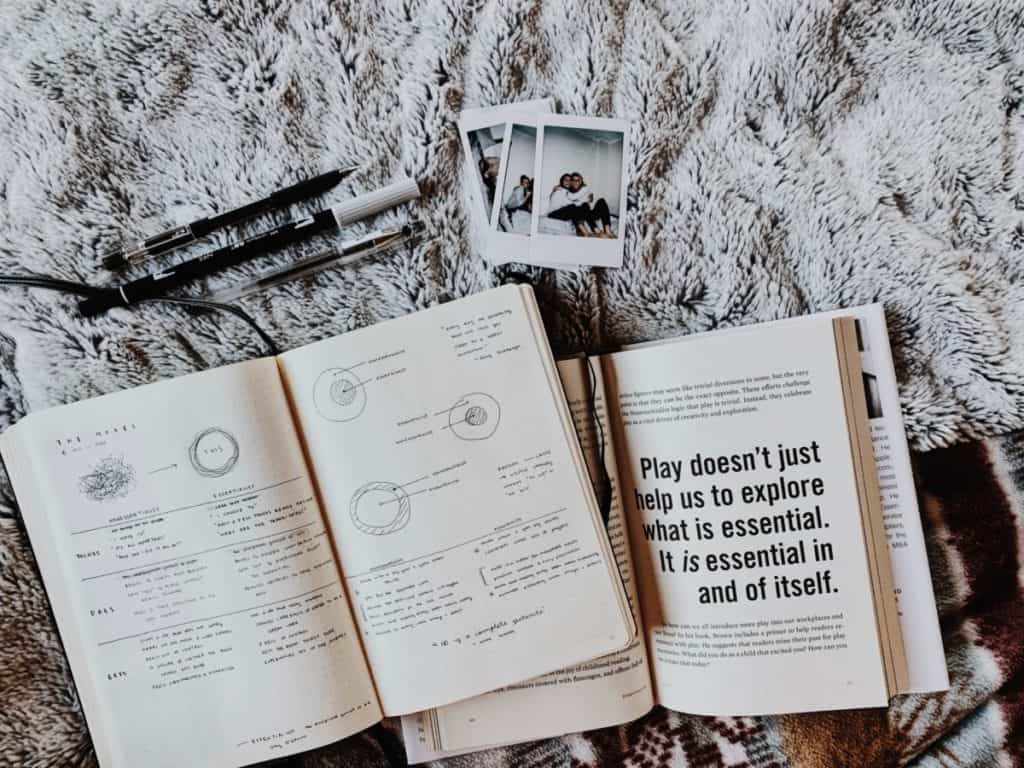
You might have heard it, but the best time to live is right now. In essence, don’t procrastinate. Do so, and you might never get started on your journey to being a minimalist. A minimalist’s mindset is one built on self-reflection and a need for improvement. This way, you will be content with what you have and do so much more with less.
Prioritize your experiences and not just possessions. The process is overwhelming. However, you can watch the sun come up every day and call yourself a minimalist. It is your journey, after all.
